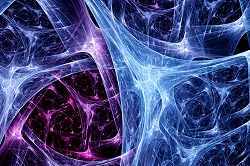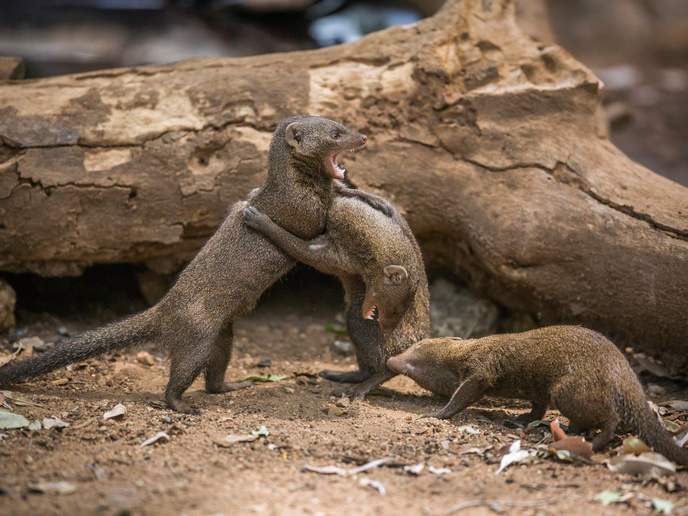Research deepens understanding of how nectar-loving species interact with their environment and thrive
While nectar is a primary source of energy for hummingbirds and bees, two well-known nectarivore species, it is not easy to handle. Its viscosity can vary greatly depending on the sugar concentration, which in turn can differ across different plant species and even individual flowers. To cope with this variability, nectarivores have evolved sophisticated mechanisms for efficiently capturing nectar. For example, the tongues of hummingbirds and bees are made up of small, flexible structures that are notably smaller than the capillary length. Hummingbird tongues are long, slender and split at the end, forming two open tubes that can rapidly draw up liquid using capillary forces. By contrast, bee tongues are covered in tiny hairs that open when immersed in the nectar, as hairs of a paintbrush, enabling them to capture nectar efficiently. “Interestingly, in vivo measurements have shown that there is an optimal sugar concentration for nectars that maximises the rate of energy intake by nectarivores, meaning the maximum calories ingested per unit time,” remarks Fabian Brau, coordinator of the EU-funded BioCapSoft project. “This optimum varies between bees and hummingbirds and even amongst different bee species. Therefore, flowers producing nectar with a sugar concentration close to this optimum are best for these creatures.”
Capturing intricate fluid transport phenomena
However, these nectar-feeding strategies of nectarivores are difficult to observe directly – nectar-feeding often happens within a few seconds and involves microscopic structures and forces. “Our main aim has been to better understand the physicochemical mechanisms allowing nectarivores to efficiently capture viscous fluids thanks to their hierarchically structured soft tongues,” notes Emmanuel Siéfert, a project member who received funding from the Marie Skłodowska-Curie programme(opens in new window). The Marie-Curie fellow conducted simple experiments to capture the main physics of these creatures. The proposed models and experiments have been instrumental in uncovering previously undocumented phenomena. “For example, we have revealed the subcritical transition to coalescence, which describes how partially immersed elastic structures behave when withdrawn from a liquid bath,” explains Siéfert. Furthermore, the researcher investigated how the withdrawal speed affects the capillary attracting force (a phenomenon called the Cheerios effect)(opens in new window) and how impregnated ribbed (soft) sheets spontaneously curl as the impregnating liquid evaporates”. Other models are being optimised to derive soft sheets with the best optimal liquid-trapping capacity, which could enable fluid transport on a small scale. Siéfert is currently engaged in studying how more complex flexible structures (brushes and architected sheets) capture fluids, bringing them closer to the biological systems of interest, namely nectarivore tongues.
Valuable results on tongue morphology and sugar concentration
So far, BioCapSoft has led to the publication of five articles, with three more underway, bringing some fundamental results in elasto-capillary phenomena. Project findings could enhance our understanding of how hummingbirds collect nectar and reveal the connection between the optimal sugar concentration for energy intake and their tongue morphology. “In a similar vein, a recent study demonstrated that the optimal sugar concentration for bees corresponds to the aspect ratio of the tiny hairs on their tongues,” states Siéfert. “This means that by examining a simple scanning electron microscope image of a bee tongue, we can estimate the ideal sugar concentration for that species,” highlights Brau. “Consequently, we can identify which flowers are best suited for specific bee species – those that produce nectar with a sugar concentration near this optimum.”







